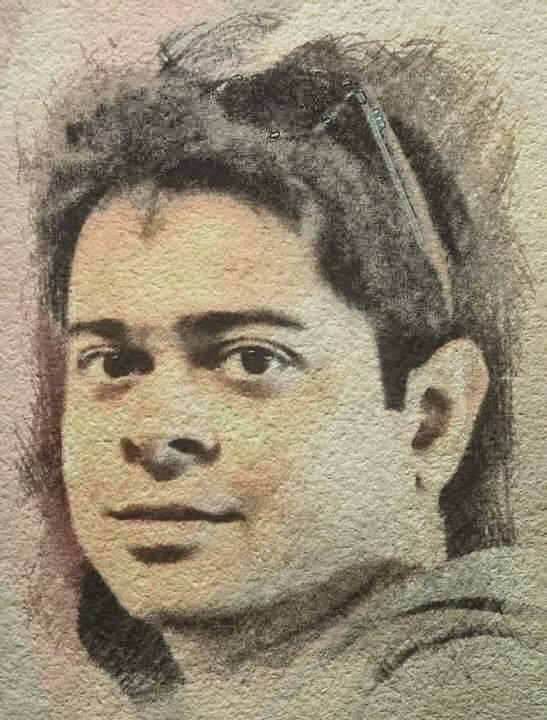
Hero Of Non-violence: Gandhi’s Lasting Legacy
Rahul Mukherji is a distinguished Sports Management educator with over 20 years of diverse experience in IT/ITES and sports development. He is currently an Assistant Professor at MBA-ESG, India, and is highly regarded for his contributions to sports management and Olympic values. Mukherji’s career is marked by a unique blend of expertise in leadership, collaboration, stakeholder influence, and impactful storytelling, making him a transformative figure in both the corporate and sports education sectors. Read on to explore his passion for writing.
When people think of India, Mahatma Gandhi often comes to mind as a global symbol of peace and nonviolence. His ideas of Satyagraha (nonviolent resistance) and Ahimsa (nonviolence) were key to India’s independence from British rule, and they remain some of the most studied methods in political science and peace-building today. Gandhi’s approach was special because he used moral power instead of physical force to challenge injustice. By appealing to the conscience of both the oppressor and the oppressed, he inspired millions of Indians through peaceful protests, such as the Salt March and Quit India Movement, which eventually led to India’s freedom.
When I was young, Netaji Subhas Chandra Bose was my hero, he still is and will be always. Bose’s belief in using force to fight for freedom seemed more direct and powerful to me. Gandhi didn’t feel like a hero at that time. His methods seemed too passive. But as I grew up and learned more about Gandhi’s ideas and peace making, I realized that his way was just as heroic. Both a soldier like Bose and a peacemaker like Gandhi are heroes because each, in their own way, fought for what was right.
It’s important to remember that the independence movement needed both leaders to succeed. Bose’s bravery and Gandhi’s nonviolence worked together, even though they followed different paths. Bose brought energy and urgency to the struggle, while Gandhi’s methods kept the movement united and peaceful, preventing India from falling into chaos during a very difficult time.
Today, Gandhi’s ideas still matter. His principles of nonviolence and ethical leadership have inspired many modern movements for justice. Leaders like Martin Luther King Jr. and Nelson Mandela adopted Gandhi’s methods to fight for civil rights. Even now, Gandhi’s ideas about fair governance and helping local communities continue to shape policies that aim for a better, more peaceful world.
In political science and peace studies, Gandhi’s ideas are still studied because they show how justice can be achieved without violence. His approach teaches that fighting for what is right doesn’t always need weapons. Sometimes, it needs moral courage and patience. This lesson is important even today as the world deals with conflict and division.
Looking back, both Bose and Gandhi played essential roles in India’s freedom. The balance between Bose’s forceful approach and Gandhi’s peaceful one was necessary. I feel proud to be from the same country as Gandhi, especially when I walked past his statue in Geneva, realizing that he is, and always will be, a hero who changed the world.
